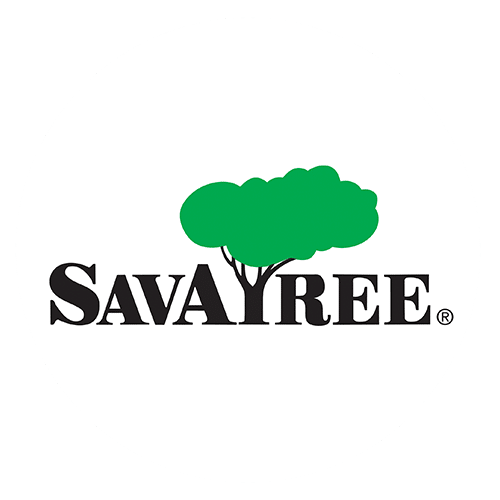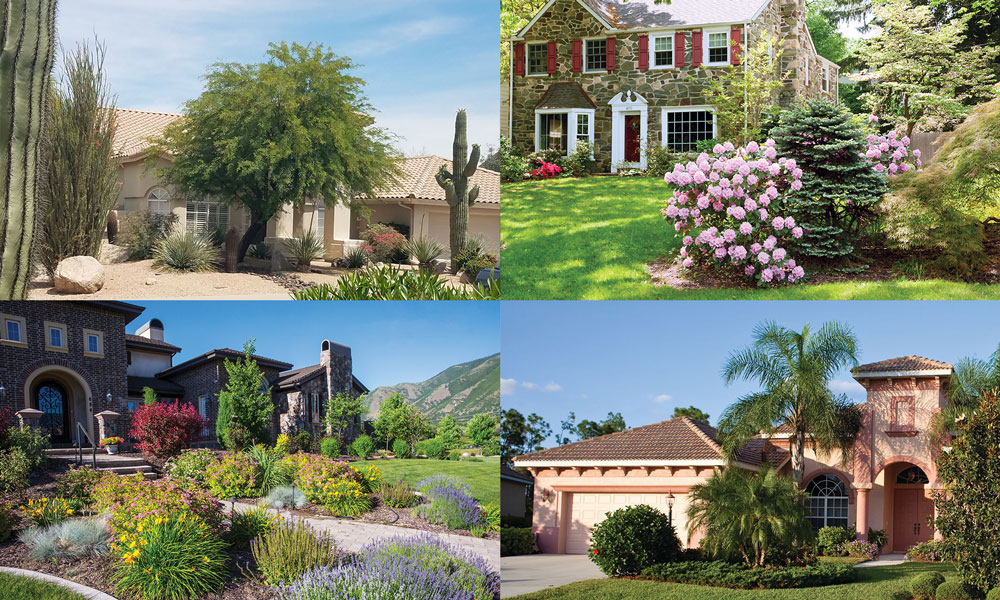Trim, Taper And Train Your Topiary
Since the days of the ancient Romans, the art of topiary gardening has been cultivated for both its aesthetic and practical benefits. Although Europeans have used this method of growing and training plants for centuries, topiaries became popular in the United States as a means of architecturally transforming the limited spaces of urban homes and gardens.
The most common topiary forms include espalier, hedge, sculptural and standard. The espalier, one of the most familiar artistic forms, is a plant, which is grown flat, like a vine, against a wall, fence building or trellis. Fruit trees make excellent espaliers, as they are both productive and pretty in leaf and flower. Espaliers can be cultivated and pruned to different designs such as fan shapes, candelabras, fountains, diamonds and triangles, it takes several years of growing and shaping to “finish” a complicated pattern. From an architectural point of view, espaliers are particularly useful in concealing a utility area or creating a privacy screen without closing off the garden from light and air.
Hedges, the quintessential topiary form, are rows of shrubs or trees that are evenly spaced into a solid line and pruned so that they are wider at their base than at their top. Traditionally, hedges provide a formal look. However, for a natural looking landscape, they can easily be pruned into forms that recreate inspiring or desirable shapes seen in the wild.
The most imaginative and arresting topiary form is sculptural. This form can be English ivy that has been trained to grow over wire shapes into giraffes, camels and hippos. Other sculptural topiary may consist of tight-growing plants which take on a basic form such as a cone or pyramid or a more complicated form such as four trees that form the legs and body of an elephant. Like a hedge, sculptured, freestanding topiaries should taper towards the top, so that light reaches all portions of the figure and snow and ice will not break its branches.
Its lollipop shape best characterizes the standard topiary. Typically, non hardy plants such as citrus, herbs, latana, fuchsia and geranium are an excellent choice for the standard topiary. The fragrant foliage of these plants enhance the indoors during winter and are a welcome sight when moved outdoors in the warmer weather.
If you decide to take on a topiary project of your own, it is best to start out with small, tight-growing plants and be sure to plant them in a place where they are surrounded by full light. In order to achieve the look you desire, shear them often when they are growing; this will ensure a closely grown, tight-knit effect.
Click or call today to arrange a complimentary consultation from our fully trained and tree care industry certified arborists for tree care, tree pruning and new lawn care services from SavATree. Click here to contact the office nearest you.
SavATree provides tree service in the following areas:





